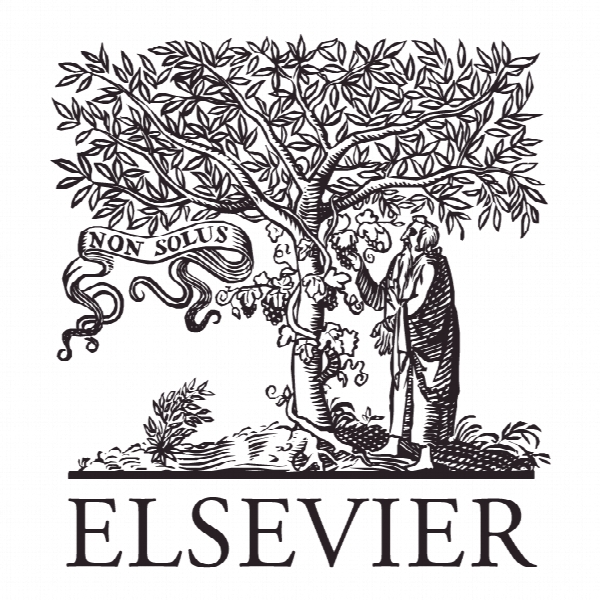ارزیابی یک پروژه پژوهشی بین رشته ای: درس هایی که برای سازمان ها، محققان و تامین کنندگان به دست می آیند Evaluating an interdisciplinary research project: Lessons learned for organisations, researchers and funders
- نوع فایل : کتاب
- زبان : انگلیسی
- ناشر : Elsevier
- چاپ و سال / کشور: 2017
توضیحات
رشته های مرتبط مدیریت
مجله بین المللی مدیریت پروژه – International Journal of Project Management
دانشگاه استرالیا
نشریه نشریه الزویر
مجله بین المللی مدیریت پروژه – International Journal of Project Management
دانشگاه استرالیا
نشریه نشریه الزویر
Description
1. Introduction Leaders world-wide are facing complex, dynamic challenges in natural resource management, so-called “wicked” problems (Ritchey, 2004). Projects that aim to support policy making in such wicked situations will ideally employ an interdisciplinary approach that integrates biophysical, social, and economic sciences (NAS, 2005; Pohl, 2011; Bammer, 2008). The literature has used various classifications of interdisciplinary research. Fig. 1 shows that the types of integration between disciplines can vary significantly. In the current paper, we focus predominantly on interdisciplinary research, where scientists from different disciplines share methods and data to work towards a common project goal. Interdisciplinary research has the potential to develop new approaches to defining and analysing a research problem that more closely represents the reality in which such problems are situated (Rosenfield, 1992). Funding bodies increasingly call for interdisciplinary research projects to address the most challenging and significant research problems (for a review of interdisciplinary funding by global funding agencies see, Gleed and Marchant, 2016). With this increased focus on interdisciplinarity, there is a case to evaluate the process and outcomes of such research. The current paper contributes to the limited knowledge on interdisciplinary research evaluation by providing an assessment framework that can be used to improve the organisation of interdisciplinary research projects. While interdisciplinary research offers great promise, it is inherently more complex to manage and facilitate and evaluate research that integrates disciplinary knowledge. Most existing literature addresses issues related to the process of integration, such as communication challenges between disciplines, epistemological differences, lack of clarity around project objectives, and how best to promote ownership of doing science in an integrative way (e.g. Naiman, 1999; Tress et al., 2007; Wickson et al., 2006; Kragt et al., 2016). Another challenge to working in interdisciplinary teams relates to the team itself (Armstrong and Jackson-Smith, 2013) and the structure of research institutions, which are often organised around disciplinary divisions, especially when procedures for promotion and tenure are based on excellence in a single discipline (NAS, 2005; Ravetz, 2006) or when funding for interdisciplinary research is limited (Fischer et al., 2012; Bromham et al., 2016). In addition, though interdisciplinary research papers typically have a higher citation impact in the long-term than single-discipline papers, they take longer to achieve this impact (van Noorden, 2015). Combined, this can mean that interdisciplinary research is less appealing for early-career scientist intent on building reputation and establishing an academic career (Rhoten and Parker, 2004; Schmidt and Moyer, 2008; Pfirman and Martin, 2010). Although it has been shown that interdisciplinary research could lead to a greater number of publications (Millar, 2013) and that integrated research can enhance, rather than detract from, the integrity and success of single-disciplinary research (Fox et al., 2006), there is still limited recognition for publications in interdisciplinary journals (Schmidt and Moyer, 2008). Frameworks exist to guide integrated research, typically focussing on project management or contributions of individual researchers (see, for example, Fischer et al., 2012; Kragt et al., 2011; Pfirman et al., 2007; Van Rijnsoever and Hessel, 2011). While these guidelines are extremely valuable in helping individuals in their interdisciplinary ventures, researchers work in organisations that need to accommodate interdisciplinary projects. Kragt et al. (2013) argue that there are few institutional arrangements that “actively enable collaboration”. Some authors suggest that institutional reform is necessary to progress integrated research (Rosenfield, 1992; Frame and Brown, 2008; Schmidt and Moyer, 2008), for instance, by creating new interdisciplinary research positions or providing dedicated administrative support (Pfirman and Martin, 2010). In a university setting, cross-faculty institutes can constitute a new model for integrated research (Rosenfield, 1992; Fischer et al., 2012). Other models to manage complex projects include ‘matrix organisations’ (Hobday, 2000; Kuprenas, 2003; Arvidsson, 2009). A matrix organisational structure is typically defined as one where there are multiple reporting lines; for example functional ‘vertical’ departments as well as cross-functional or cross-geographic ‘horizontal’structures (Galbraith, 2008). Matrix structures are a means to manage across departments and functions in order to break down vertical silos and improve integration and coordination. Such new institutions have few guidelines regarding how to best facilitate and enable interdisciplinary research.


